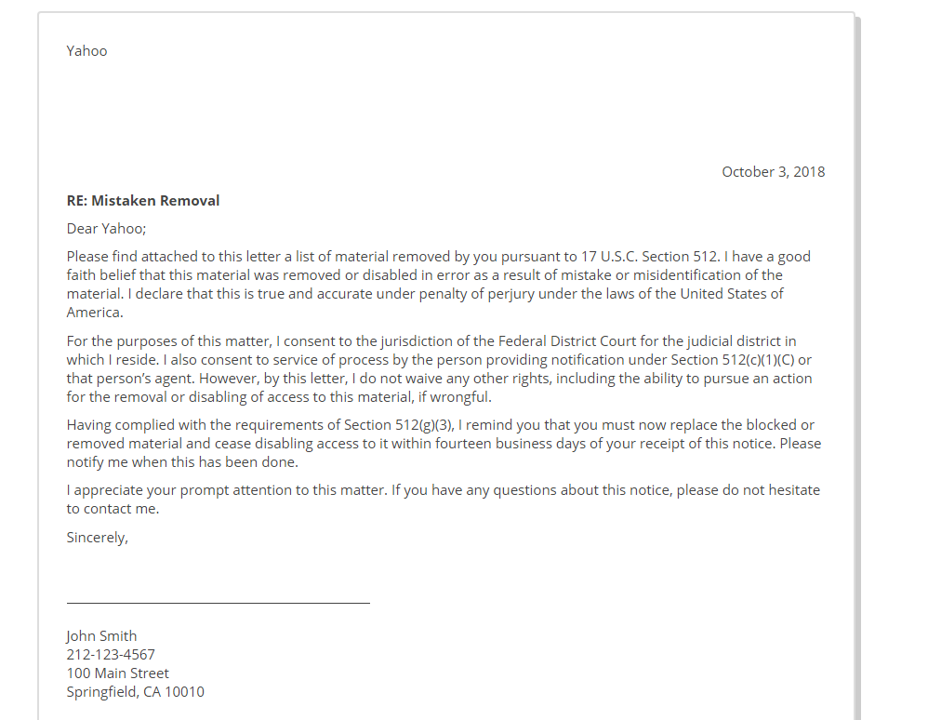It's well known that you can search for specific file types in Google by structuring a search in this form:
filetype: pdf
This search will only return pages to which PDF images have been post.ed A search for:
filetype:mbox -site:facebook.com

. . . will exlcude hits for .mbox files on the Facebook site. A search for: "filetype:mbox site:facebook.com", will only find.mbox files on the Facebook site.
A search for:
ext: ppt
. . . will also only find files with the extension for PowerPoint, ppt. .ext is a simple variation on the filetype search.








